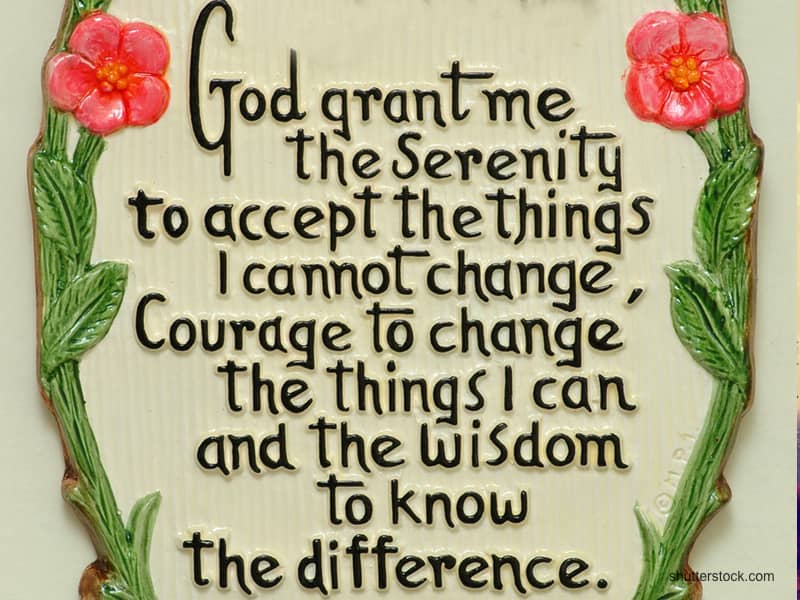The man known as Pope John Paul II has the calloused, creviced palm of a laborer. Yet his fingers are narrow, delicate as a poet's.
Press a hand to a life-size bronze relief of his and wonder at its mix of earthiness and holiness. It's the pope's most personal touch at the $65 million center bearing his name, which opens Friday.
But the Pope John Paul II Cultural Center is not a museum to a man.
The pope made it clear in 1988, when Cardinal Adam Maida, now Archbishop of Detroit, first suggested a museum to honor his global embrace: John Paul would bless only a more universal idea -- a museum about timeless faith.
The result is a critically acclaimed building on a hill west of Catholic University in which architect Leo Daly conveys the ineffable concept of a soul in a body by infusing limestone and copper forms with natural light. Pools of water lend vitality. The design firm of Edwin Schlossberg, in concert with the Vatican and American Catholic religious and lay leadership, has created a tangible experience of Catholic concepts of God, community, hope and wonder.
Of course, there are the traditional treats of a 21st century museum: a gift shop with monk-made fudge, affordable handicrafts and international antiques; a spacious cafe; and one small gallery devoted to this particular pope. A guaranteed hot spot: the modest Polish Heritage gallery displaying his skis along with photos of him as a dynamic young priest and a world-traveling pope.
Visitors can move up to the next floor by wide ramps lined with casts of hands from ordinary people who have met the pope. Images of the human family in all races and ages glow from photos engraved on opaque glass walls. Paintings of Mary in every cultural expression hang overhead. It's a way of walking through the world that is at once particularly Catholic and universal, says the director, the Rev. Michael Bugarin.
Personal, yes, but far from private. The bottom floor is a cacophony of interactive experiences. Music, voices, bells and beeps ricochet as people find their way through five galleries where computerized displays let them shape their experiences to their interests: history, theology, science and more.
Click away to find out in a flash what Catholics believe on hot topics from free will to animal rights. Research the database of saints. See how another brilliant Polish priest, Copernicus, changed the world. Brush up on Jainism or Judaism or nine other faiths in the world religions corner.
By using an electronic encoded "smart card" on some displays, visitors can record, write or draw their views on faith and hope. These can be kept private or added to the loop of tapes playing constantly. The center does not shy from controversy -- or from simple fun.
Along the 80-foot timeline of papal history, each Vicar of Christ from St. Peter forward gets two or three trenchant paragraphs on his legacy, from the saintly to the corrupt. Included are significant moments in world cultural history. Sure, everyone recalls the Spanish Inquisition, but who knew Dom Perignon perfected champagne in 1698 during the papacy of Clement XI?
One of the most affecting displays may be a fountain where visitors move smooth pebbles in their own design.
"As you move the stones and alter the flow of the water," says deputy director Penelope Fletcher, "so your faith affects the course of your life."
The visitor puts in a hand: The museum is complete.

